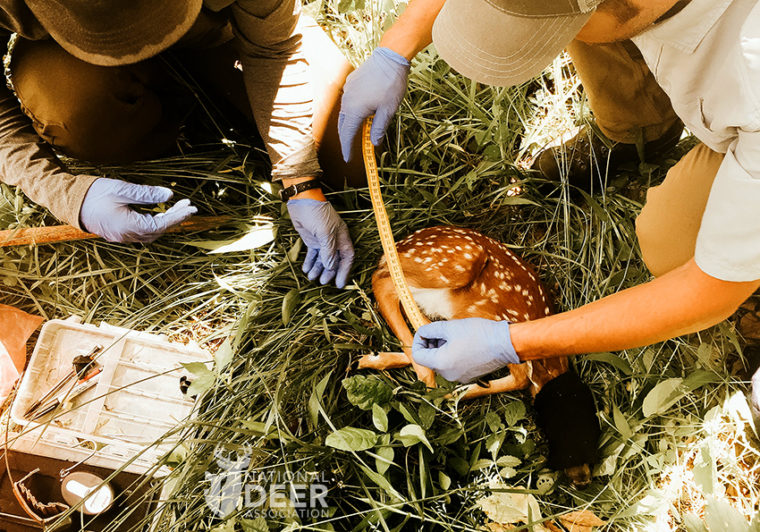So this year I got two 8-point bucks, the first weighed around 120lbs, the second one was between 140-150 lbs, both on the hoof. The first one though, seems to be older than the second one. I am not good at aging but from what I have seen in the videos about the jaws, I'd guess the first to be a 3.5 and the second a 2.5 yo. But being that both of these were from the same area, and same season, they are very simular and very representative of the deer in my area. I have a bunch of farmland around me, with corn for sure but probably other crops rotated in as well, and of course the acorns were abundant this year. So, I would agree that the area has a lot to do with their characteristics, as I have hunted areas that were real dense, and most of the bucks tended to have basket racks, while those in more open landscapes tended to have the spread a bit wider.






